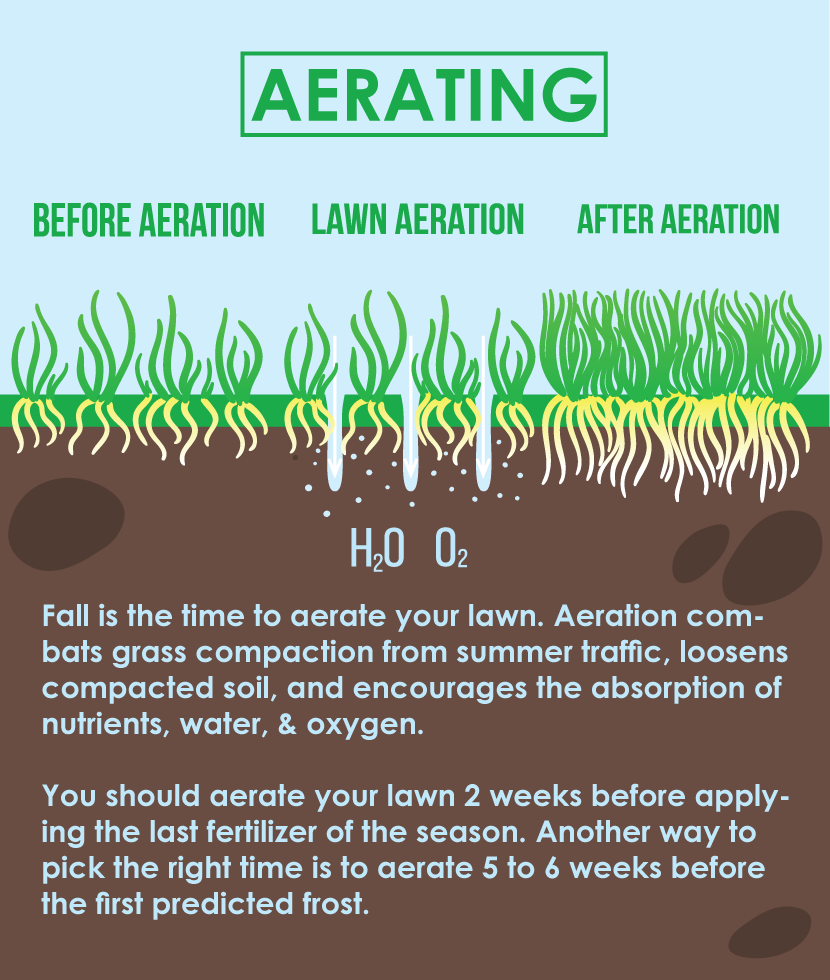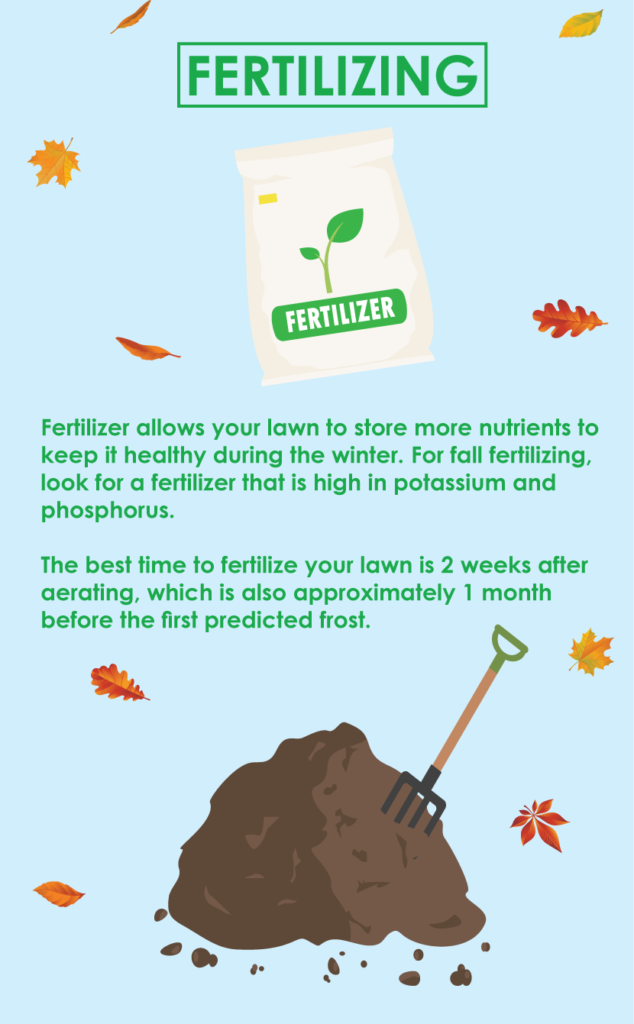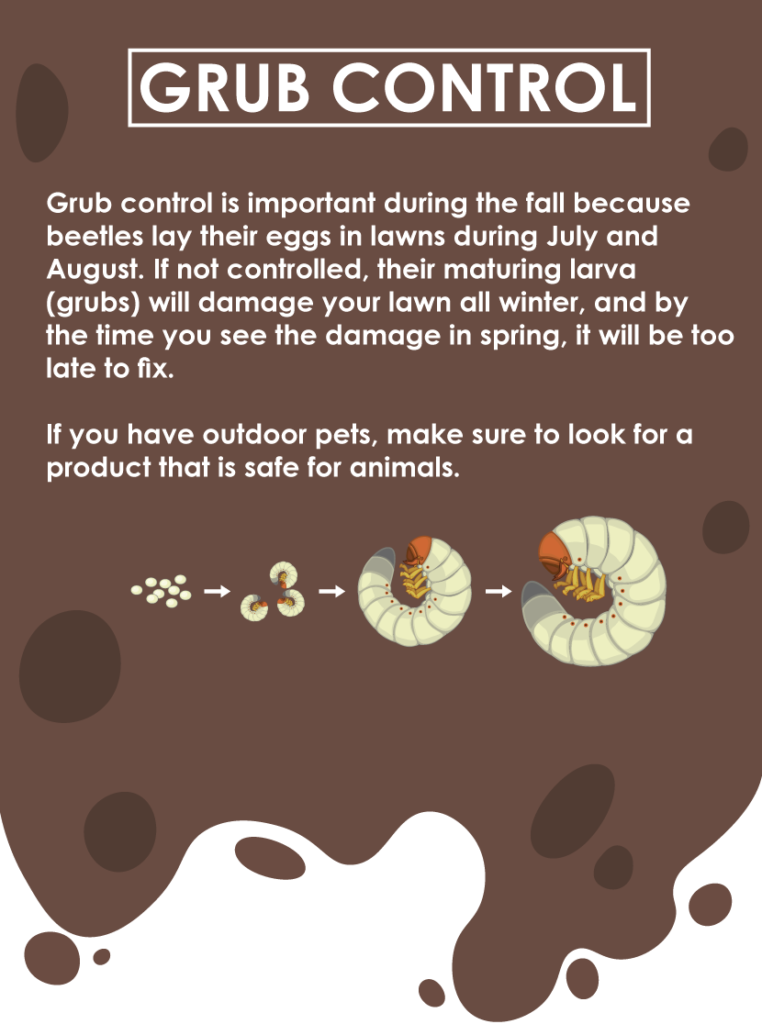Fall Lawn Care: 4 Key Tips
All signs of fall are here: the leaves are changing colors, a chill is in the air and football is in full swing. While you might be tempted to sit back and enjoy the season’s festivities, now is the time to pamper your lawn if you’re looking to have the greenest yard on the block come spring.
So, whether you want to make the neighbors as green as your lawn with envy or plan on upgrading your house next year, spending a day or two preparing your lawn for the cold months to come will pay off when it warms up again.
Here are our 4 simple tips for caring for your lawn this fall:
Lawn Mowing
During the fall, set your lawnmower blade to cut as short as possible. This will prevent your lawn from getting matted down by snow, help remove thatch, and strengthen the roots & crown of the grass. If the grass is not clipped short enough, it is at a higher risk for fungal diseases. However, you should adjust the mower height gradually, never cutting more than 1/3 of the grass blade length at a time or it may shock your grass. For even easier mowing in the fall, try to mow your lawn in the evening, when the sun is not beating down on the grass.

Aerating
Fall is the time to aerate your lawn after being compacted all summer. Aeration loosens compacted soil and encourages the absorption of nutrients, water, and oxygen into the soil and grass roots. You should aerate your lawn 2 weeks before applying the last fertilizer of the season. Another way to pick the right time is to aerate 5 to 6 weeks before the first predicted frost. Don’t wait until spring to aerate your lawn. Spring aeration only makes it easier for weed seeds to grow deep roots.

Fertilizing
Fertilizer allows your lawn to store more nutrients to keep it healthy during the winter. Most experts agree that fall is the best time to fertilize your lawn as the grass blades grow much slower in cold weather, but the roots continue to grow quickly, resulting in a deeper-rooted, healthier lawn in the spring. For fall fertilizing, look for a fertilizer that is high in potassium and phosphorus. The best time to fertilize your lawn is 2 weeks after aerating, which is also approximately 1 month before the first predicted frost.

Grub Maintenance
Beetles emerge in the spring and feed on nearby plants before laying their eggs in your lawn. In the late summer, the eggs hatch and the grubs immediately begin to feed until mid-fall when they dig into the soil to survive the winter. If not controlled in the fall, the maturing grubs will damage your lawn all winter, and by the time you see the damage in spring, it will be too late to fix. If you have outdoor pets, make sure to look for a product that is safe for animals.

Wrap up
For the best results, try to stick to the suggested schedule, otherwise your efforts may go to waste. For example, if you fertilize too early, your grass will send up tender blades that get hammered by the cold. But if you fertilize too late, the grass roots won’t be able to absorb all the nutrients you’re feeding them.
If you don’t feel capable of handling one or more of the tasks above, don’t be afraid to call in a professional. Delegating these chores to a professional will ensure that you see a thick carpet of grass next year as the work gets done properly, at the proper time.
Embed the article on your site

























































